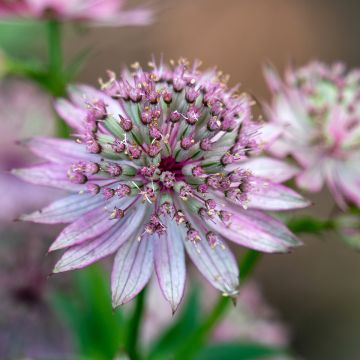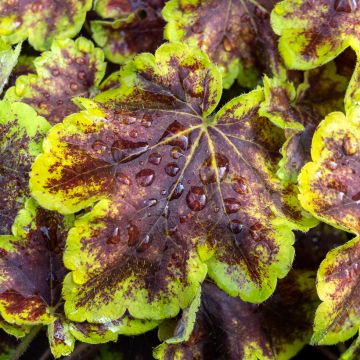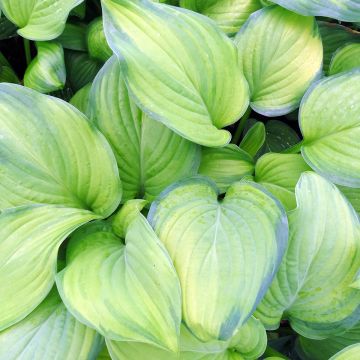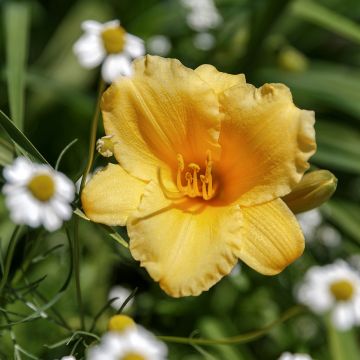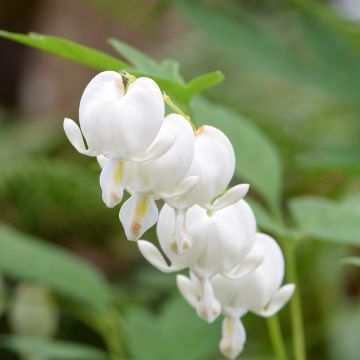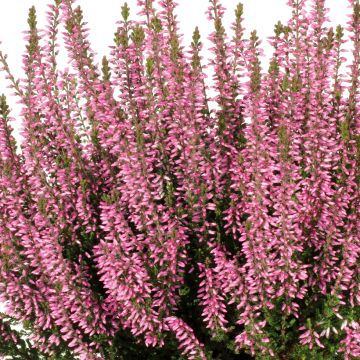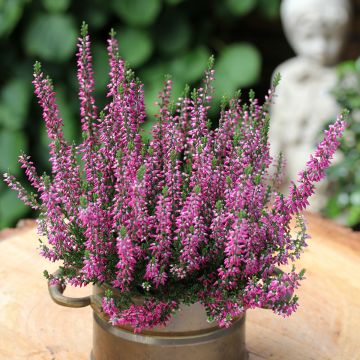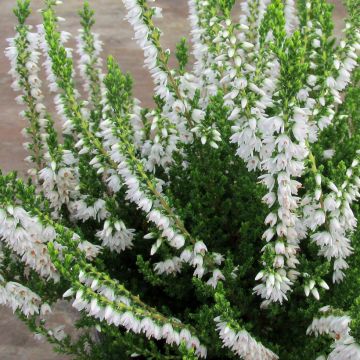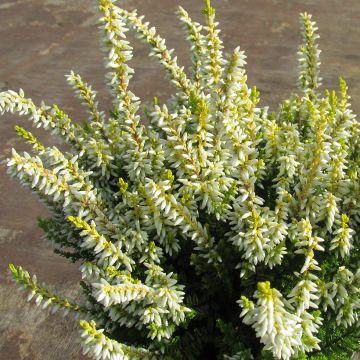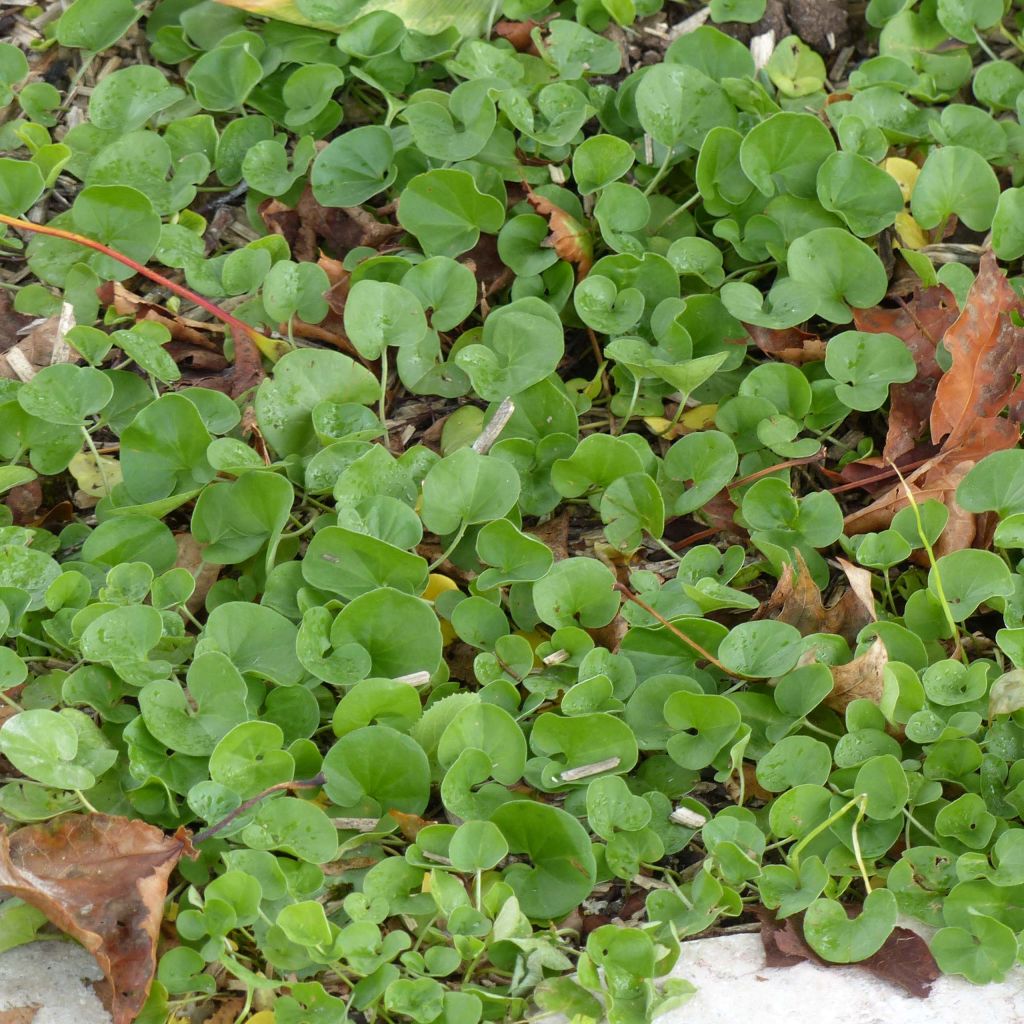

Dichondra repens
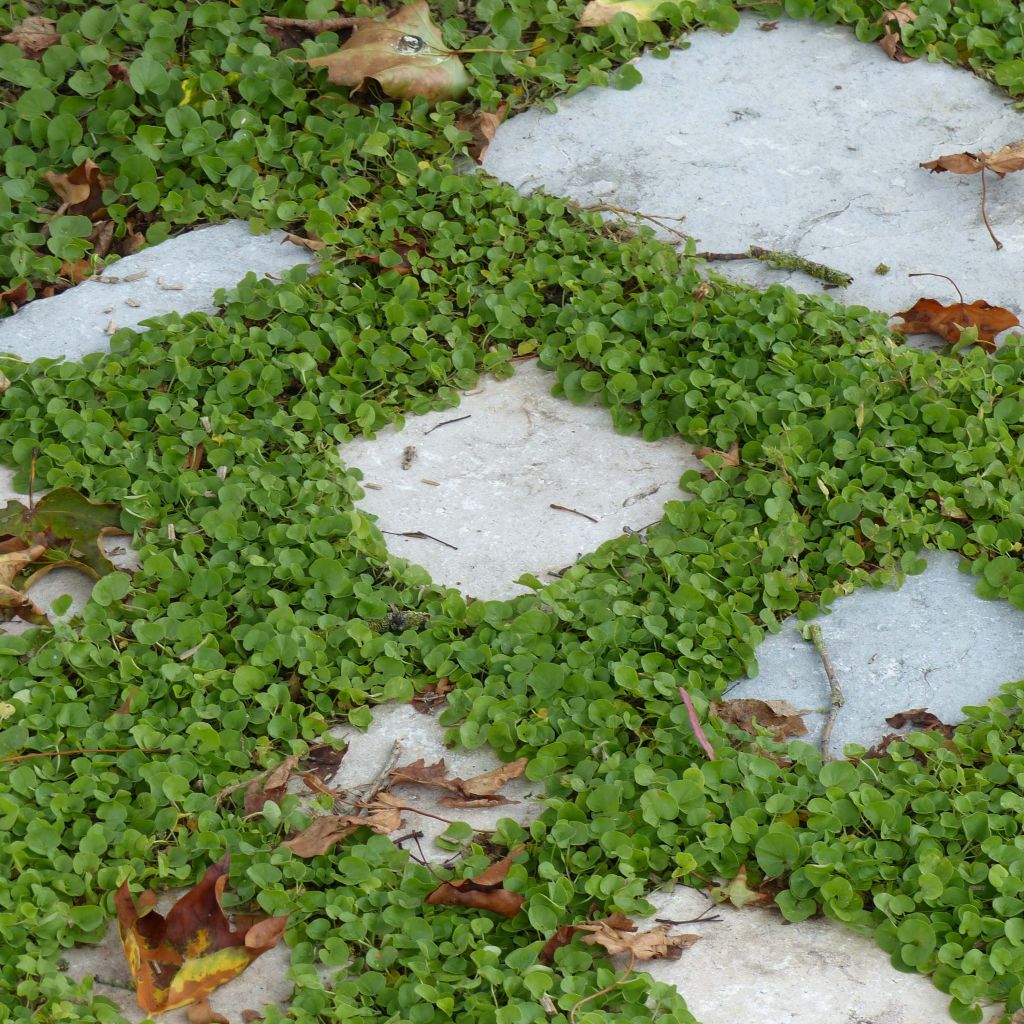

Dichondra repens
Dichondra repens
Dichondra repens
Kidneyweed
Feeble plant with two leaves that quickly disappeared.
Barbara , 27/08/2024
Special offer!
Receive a €20 voucher for any order over €90 (excluding delivery costs, credit notes, and plastic-free options)!
1- Add your favorite plants to your cart.
2- Once you have reached €90, confirm your order (you can even choose the delivery date!).
3- As soon as your order is shipped, you will receive an email containing your voucher code, valid for 3 months (90 days).
Your voucher is unique and can only be used once, for any order with a minimum value of €20, excluding delivery costs.
Can be combined with other current offers, non-divisible and non-refundable.
Home or relay delivery (depending on size and destination)
Schedule delivery date,
and select date in basket
This plant carries a 12 months recovery warranty
More information
We guarantee the quality of our plants for a full growing cycle, and will replace at our expense any plant that fails to recover under normal climatic and planting conditions.
Would this plant suit my garden?
Set up your Plantfit profile →
Description
Dichondra repens, sometimes called creeping Dichondra, is a small perennial plant that forms very dense groundcover in partially shaded or shady areas, even if it is dense. It can create a neat groundcover in difficult areas of the garden, tolerating drought and salty soils. Its small round leaves, of a beautiful fresh green, persist in mild climates, but are burned by frost below -8°C (17.6°F), with the root system resistant to short frosts of around -10/-12°C (14/10.4°F). Remarkable at the foot of hedges or shrubs or in perennial beds, Dichondra repens does not require mowing and is a good replacement for grass in shaded and lightly walked areas of the garden, on small surfaces. It also works well in pots and hanging baskets, where it will enhance all summer flowers.
Creeping Dichondra belongs to the family of Convolvulaceae, just like bindweed and morning glory. It is native to Australia and New Zealand, but has naturalised in Texas, California, New Mexico, Northwest India, South Japan and China. Dichondra is a fairly non-hardy perennial plant with rather slow growth. It has a very dense vegetation, in the form of long hairy and highly branched stems that root at each node. This characteristic allows it to colonise the surface of the soil, but also to cascade, overflowing from all containers. The height of the carpet depends on the position of the plant and the soil that hosts the plant: in the sun and in dry soil, its thickness will not exceed 3 to 5 cm (1 to 2in). In shade and in moist soil, the stems lengthen and the leaves are larger, reaching a height of 15 cm (6in). A single plant can cover an area of 50 to 60 cm (20 to 24in) in diameter, or even more. The stems are covered with very small, more or less persistent leaves, round, measuring 0.5 to 2.50 cm, in the shape of a bean, often bending at the central vein. Very close to each other, they make up a very dense, regular carpet, of a very fresh and shiny green leaves. Sensitive to severe frosts and excessive trampling, Dichondra repens has exceptional longevity. In case of pronounced summer drought, the foliage dries up and the plant eventually disappears.
Often used as an alternative to grass in moderately walked areas, Dichondra repens works wonders in dry shade, where few plants are willing to grow. To remain beautiful, it still requires regular weeding and watering that can be adjusted according to the regions, which limits its use to small areas (50 to 100 m²). It can be used alone or mixed with other groundcover plants. In the sun, it accompanies yarrows (Achillea odorata, crithmifolia) and Phyla nodiflora. In shade, for example, associate it with Ajuga reptans, Geranium macrorrhizum, Campanula portenschlagiana, Vinca minor, Glechoma hederacea, etc... An annual mowing is sufficient, in October. It also finds its place in shaded rockeries, covering stones with a soft and beautiful carpet. It also thrives in pots, hanging baskets on balconies or windows, and of course in hanging baskets. It can be planted in groups at the edge of pathways, or at the foot of perennials and shrubs, on slopes.
Report an error about the product description
Dichondra repens in pictures
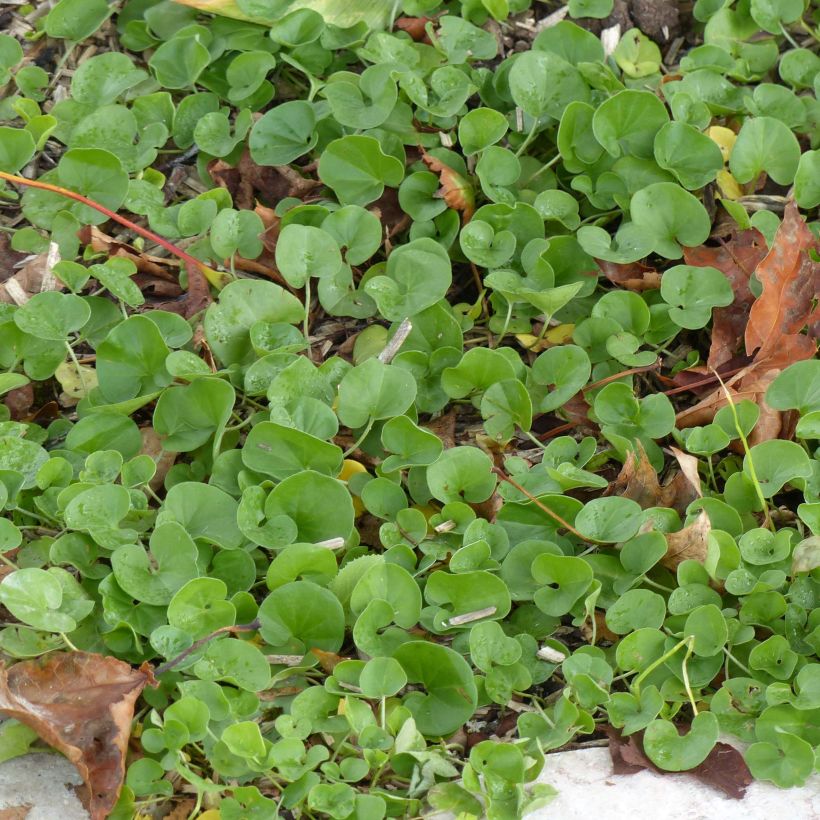

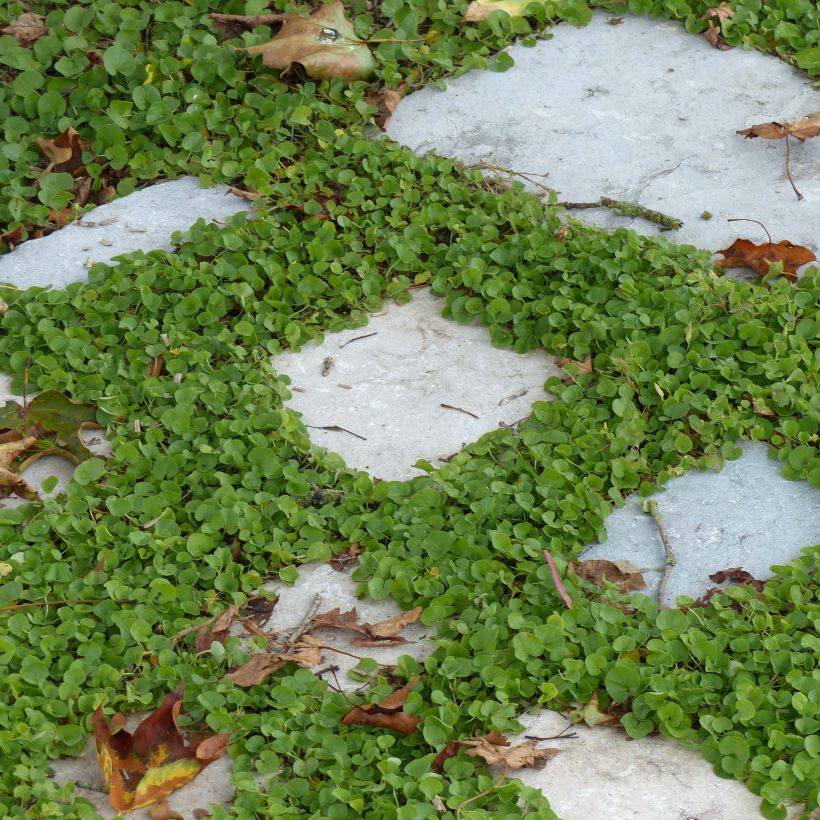

Flowering
Foliage
Plant habit
Botanical data
Dichondra
repens
Convolvulaceae
Kidneyweed
Australia
Other Perennials A to Z
View all →Planting and care
Dichondra repens can replace grass in moderately trafficked and not too large areas, as it requires regular maintenance and watering, depending on the region. Plan for 4 plants per square metre for coverage in one year. Plant Dichondra repens in all exposures. In the shade, the foliage will be more developed. These plants need a light, well-drained soil. If your soil is heavy, clay, and compact, incorporate river sand and compost and mix the blend thoroughly. Preferring humus-rich and compost-rich soils, the plant tolerates the presence of limestone. Dichondra tolerate rather dry soils well and dislike waterlogged ground as well as daily watering in summer. Adjust the watering frequency to your climate. Water as soon as the plant demands it. During the first year of planting, careful manual weeding is essential until the soil is completely covered. Afterwards, regular manual weeding, up to 6 times a year, is necessary to maintain a neat appearance. Optionally, apply slow-release lawn fertiliser once or twice a year. Annual mowing is generally sufficient, preferably in October.
Planting period
Intended location
Care
Planting & care advice
-
, onOrder confirmed
Reply from on Promesse de fleurs
Similar products
Haven't found what you were looking for?
Hardiness is the lowest winter temperature a plant can endure without suffering serious damage or even dying. However, hardiness is affected by location (a sheltered area, such as a patio), protection (winter cover) and soil type (hardiness is improved by well-drained soil).

Photo Sharing Terms & Conditions
In order to encourage gardeners to interact and share their experiences, Promesse de fleurs offers various media enabling content to be uploaded onto its Site - in particular via the ‘Photo sharing’ module.
The User agrees to refrain from:
- Posting any content that is illegal, prejudicial, insulting, racist, inciteful to hatred, revisionist, contrary to public decency, that infringes on privacy or on the privacy rights of third parties, in particular the publicity rights of persons and goods, intellectual property rights, or the right to privacy.
- Submitting content on behalf of a third party;
- Impersonate the identity of a third party and/or publish any personal information about a third party;
In general, the User undertakes to refrain from any unethical behaviour.
All Content (in particular text, comments, files, images, photos, videos, creative works, etc.), which may be subject to property or intellectual property rights, image or other private rights, shall remain the property of the User, subject to the limited rights granted by the terms of the licence granted by Promesse de fleurs as stated below. Users are at liberty to publish or not to publish such Content on the Site, notably via the ‘Photo Sharing’ facility, and accept that this Content shall be made public and freely accessible, notably on the Internet.
Users further acknowledge, undertake to have ,and guarantee that they hold all necessary rights and permissions to publish such material on the Site, in particular with regard to the legislation in force pertaining to any privacy, property, intellectual property, image, or contractual rights, or rights of any other nature. By publishing such Content on the Site, Users acknowledge accepting full liability as publishers of the Content within the meaning of the law, and grant Promesse de fleurs, free of charge, an inclusive, worldwide licence for the said Content for the entire duration of its publication, including all reproduction, representation, up/downloading, displaying, performing, transmission, and storage rights.
Users also grant permission for their name to be linked to the Content and accept that this link may not always be made available.
By engaging in posting material, Users consent to their Content becoming automatically accessible on the Internet, in particular on other sites and/or blogs and/or web pages of the Promesse de fleurs site, including in particular social pages and the Promesse de fleurs catalogue.
Users may secure the removal of entrusted content free of charge by issuing a simple request via our contact form.
The flowering period indicated on our website applies to countries and regions located in USDA zone 8 (France, the United Kingdom, Ireland, the Netherlands, etc.)
It will vary according to where you live:
- In zones 9 to 10 (Italy, Spain, Greece, etc.), flowering will occur about 2 to 4 weeks earlier.
- In zones 6 to 7 (Germany, Poland, Slovenia, and lower mountainous regions), flowering will be delayed by 2 to 3 weeks.
- In zone 5 (Central Europe, Scandinavia), blooming will be delayed by 3 to 5 weeks.
In temperate climates, pruning of spring-flowering shrubs (forsythia, spireas, etc.) should be done just after flowering.
Pruning of summer-flowering shrubs (Indian Lilac, Perovskia, etc.) can be done in winter or spring.
In cold regions as well as with frost-sensitive plants, avoid pruning too early when severe frosts may still occur.
The planting period indicated on our website applies to countries and regions located in USDA zone 8 (France, United Kingdom, Ireland, Netherlands).
It will vary according to where you live:
- In Mediterranean zones (Marseille, Madrid, Milan, etc.), autumn and winter are the best planting periods.
- In continental zones (Strasbourg, Munich, Vienna, etc.), delay planting by 2 to 3 weeks in spring and bring it forward by 2 to 4 weeks in autumn.
- In mountainous regions (the Alps, Pyrenees, Carpathians, etc.), it is best to plant in late spring (May-June) or late summer (August-September).
The harvesting period indicated on our website applies to countries and regions in USDA zone 8 (France, England, Ireland, the Netherlands).
In colder areas (Scandinavia, Poland, Austria...) fruit and vegetable harvests are likely to be delayed by 3-4 weeks.
In warmer areas (Italy, Spain, Greece, etc.), harvesting will probably take place earlier, depending on weather conditions.
The sowing periods indicated on our website apply to countries and regions within USDA Zone 8 (France, UK, Ireland, Netherlands).
In colder areas (Scandinavia, Poland, Austria...), delay any outdoor sowing by 3-4 weeks, or sow under glass.
In warmer climes (Italy, Spain, Greece, etc.), bring outdoor sowing forward by a few weeks.
































